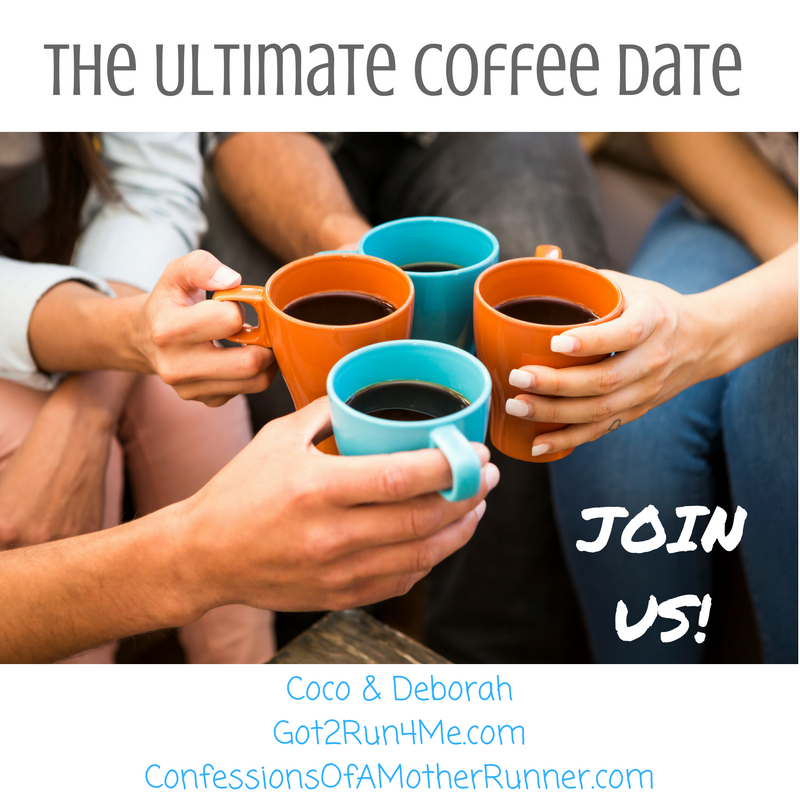Body image always seems to be in my social media feed - it seems like we're obsessed with it. A new ad campaign promoting something regarding celebrating your body seems to pop up every month. As someone who grew up in the age of Title IX but before crazy photoshopping, body image never really played into how I viewed myself. Granted, like every teen girl on the planet, I learned to point out my flaws for a good 15 years or so. Recently though, especially after hitting my 30s, I've learned to let a lot of that go. While I think part of that comes with age, I think another part of it comes with my experience as a distance hiker. In fact, distance hiking has helped me come to terms with my body more than any body-positive ad campaign ever could.
When I first set out to thru hike the Appalachian Trail in 2012 I knew I had a few pounds to lose. Not many, but a few. When those few pounds came off in the first nine days I knew I still wasn't happy with my body. In fact, there are still some photos from the trail that make me cringe when I see them. Sure, I was (and still do) wearing Spandex. Sure, I had a waist belt cinched tightly to carry the weight of my pack. Sure, I had just finished camelling up (drinking a ton of water) at a water source so I wouldn't get more dehydrated. To me though, these photos don't show me at my best. In a highly curated world, these photos are sort of embarrassing to me even now. I recently came across a photo like that, seen here:
My least favorite photo from the entire AT.
I could nit-pick at this photo all day. The way my waistband sits, the way my stomach sticks out, the way my hair is in that weird in-between growth stage. When we took that photo it was just after we ate a ton of food (read - sugary snacks), drank even a ton more of water, and had hiked about 15 miles that day. When I saw that tree, all I wanted to do was hop on and take a photo. We camped that night and had an amazing time with our other fellow thru hikers. It wasn't until months later, when I saw this photo on my Facebook feed (as I often uploaded without editing) that I was horrified at my appearance. Weren't female thru hikers supposed to look strong? All the other girls I hiked with looked so thin and confident. They were all stronger than me, weren't they? It really put a dark cloud over what I was actually out there accomplishing.
The same day the photo above was taken, the photo below was taken... yes, the SAME DAY:
There's nothing wrong with this photo (in my eyes) and I remember feeling so great that day. So, why do I feel so bad about the first one?
In a world where our images are perfect, photoshopped, and manipulated and curated to fit a certain image, it's important to see our photos for what they are: a memory of a time we wanted to document. I think people are truly never happy with their bodies, but the truth of the matter is our bodies can do amazing things. For me, my body has carried me more than 7500 miles - through physically, mentally, and emotionally challenging terrain - and given me a career. My body has carried me through an ultramarathon and a distance hike. My body has been grimy, slimy, and scabby from months outdoors. I've been covered in bruises and DEET. I've been energized and exhausted all in the same day. I've walked 30 miles and I've barely moved. The fact of the matter is that none of this matters because my body is strong. My body is beautiful. My body can get out and climb that goddamn mountain.
With this post, I'm issuing a challenge to all those outdoorsy folks - go ahead and post that photo. Share the moments you're proud of. Don't be distracted and disheartened by all those pretty white 20-somethings with colorful tattoos and John Muir quotes on Instagram. Your experience outdoors is just as important. Be proud of who you are and what your body has done for you. I know I'm proud of mine.

































